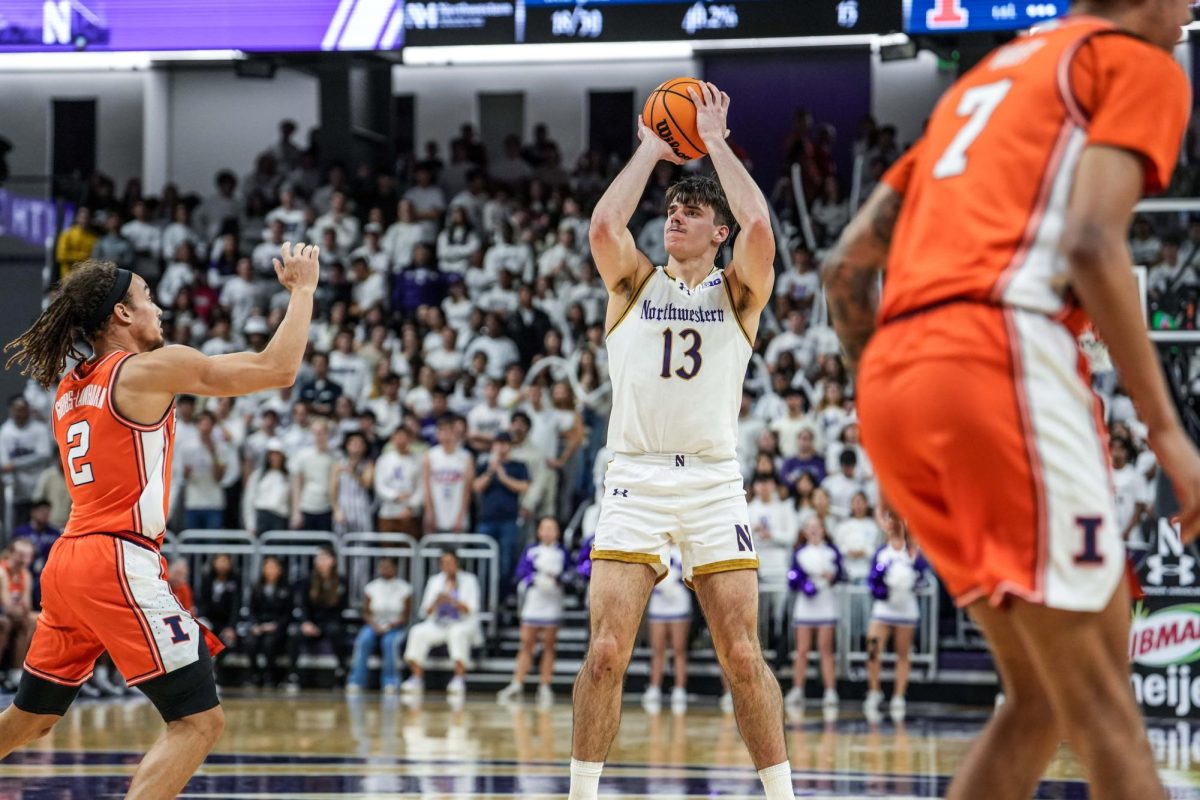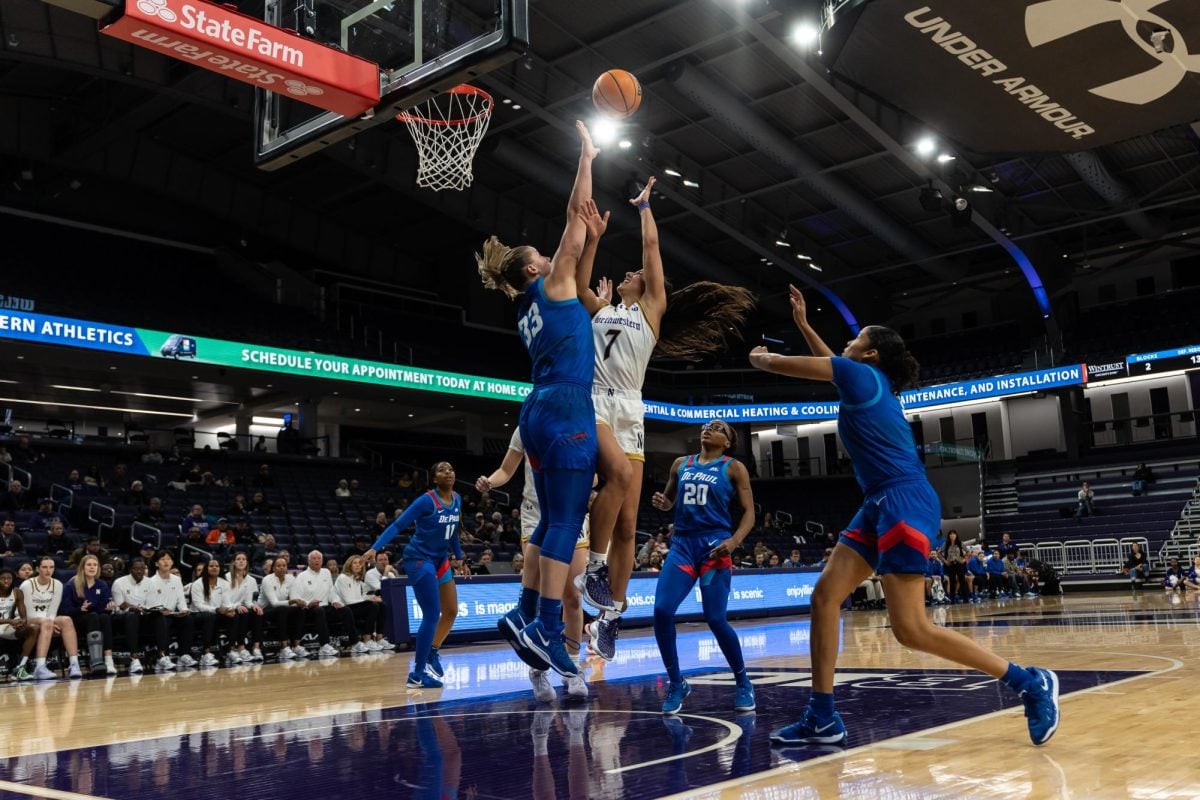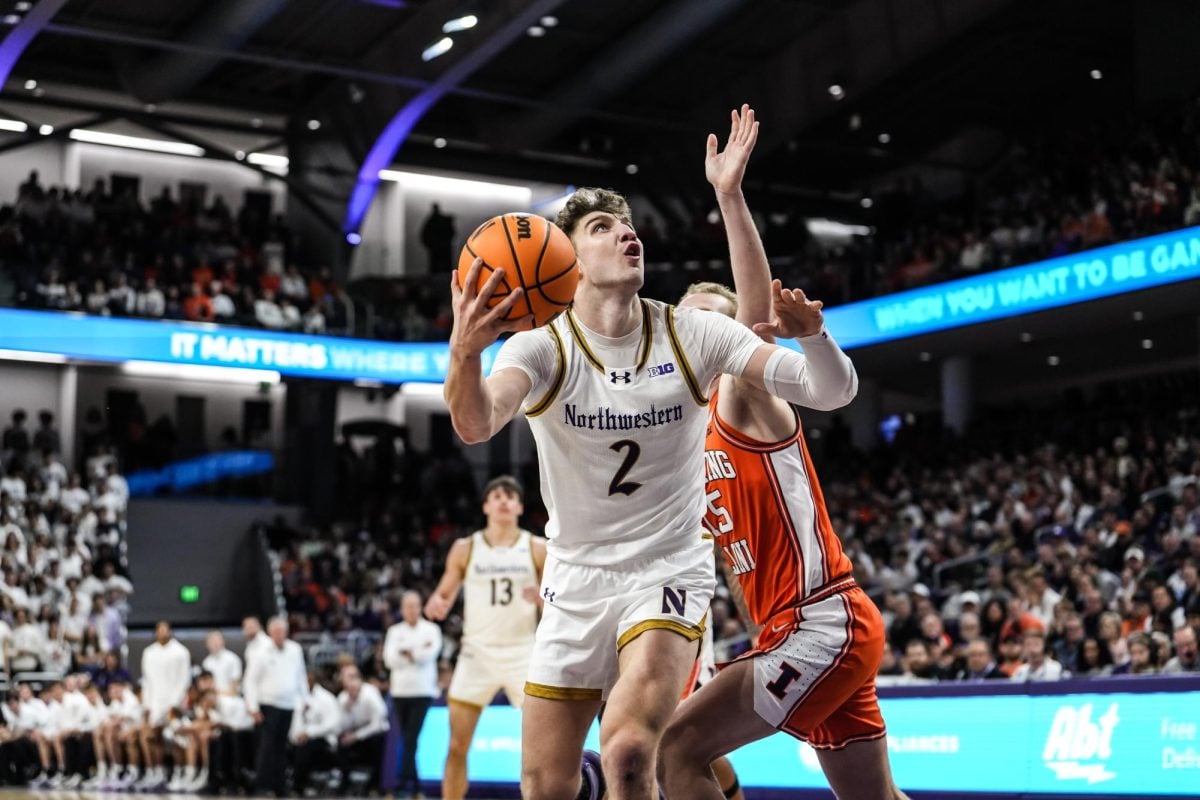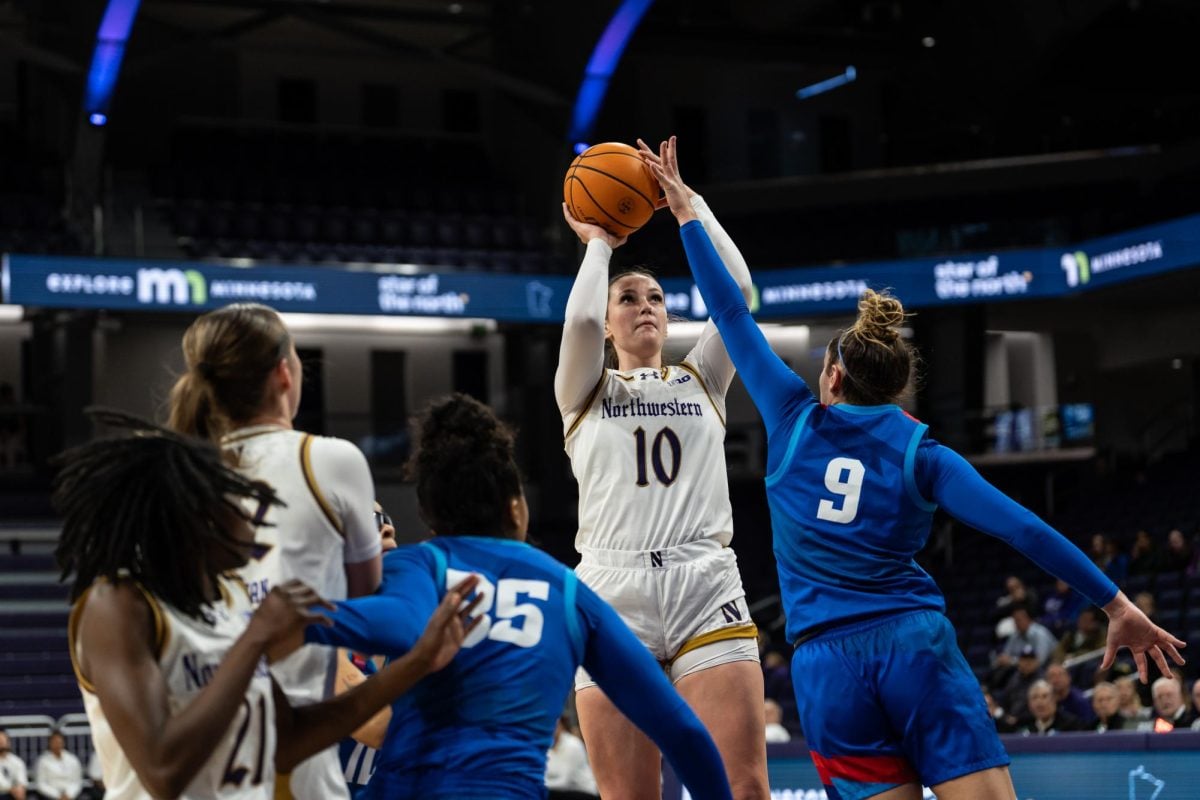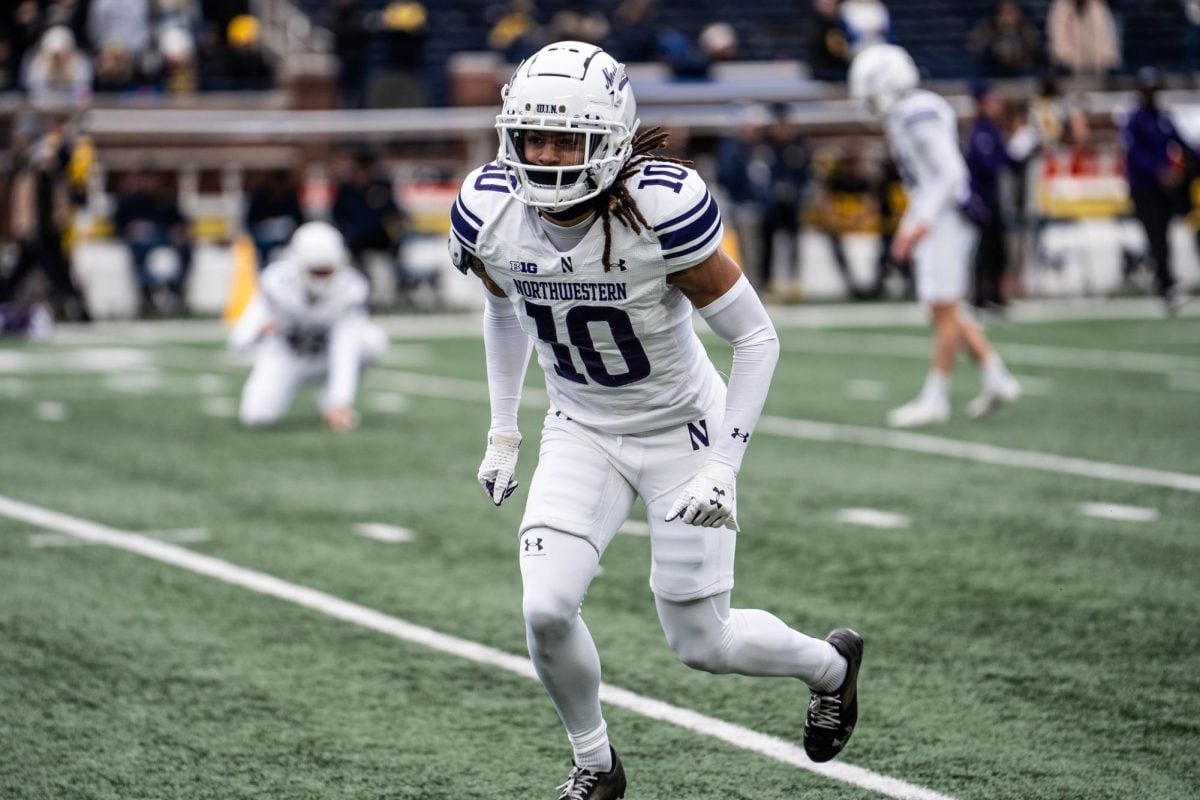The playing of Metallica’s “For Whom the Bell Tolls” at Ryan Field signifies one thing – third down.
That down has given Northwestern fits so far this season on both sides of the ball. The Wildcats are tied for 84th among FBS schools in third-down defense, giving up the first down 44.2 percent of the time. On offense they only convert 42.5 percent of their third-down opportunities placing them 61st in the nation.
NU’s struggles on third down were showcased in its loss to Army in which the Black Knights converted on four of five third-down tries on their first drive. The Cats, on the other hand, had to wait until their fourth drive to convert their first of three third-down conversions of the game. Coach Pat Fitzgerald addressed the issue in the weekly coaches teleconference on Sept. 20.
“We just were awful,” Fitzgerald said, “just awful on both sides of the ball on third down in the second half and it cost us the game.”
With an extra week between games, Fitzgerald did not focus any extra time to third downs. He said the team would follow its normal practice schedule with third down taking up its standard chunk of practice on Wednesday. He blamed himself and the rest of the coaching staff for NU’s poor third-down execution against Army.
“The plan was solid,” he said. “We just didn’t do a good job coaching the guys to execute the plan.”
Senior cornerback Jordan Mabin put the onus on the players and called for the defense to come together as a unit.
“On a couple of third downs (against Army) we were just one guy out of the gap,” Mabin said. “It takes all 11 guys working as one full unit. The key to getting off on third down is to all be on the same page and not have that one-man breakdown.”
Army’s triple-option rushing attack was consistently able to chip away at the yard markers on Sept. 17, creating more third and shorts for itself. Mabin said that the Cats need to keep the opposing offense behind in the chains and do a better job of forcing third and long to help get the defense off the field.
Similarly, on the other side of the ball, the key to third-down success may have nothing to do with third down at all. The Cats were hindered by poor plays on first and second downs, which forced the Cats into more third and long scenarios then they would have liked.
Jacob Schmidt said that first and second down are crucial for the offense if it wants to keep the chains moving and keep the third down distance manageable.
“First and second down you want to keep the chains moving,” the senior running back said. “If you can get a good chunk on first and another good chunk on second and leave yourself with a third and short to a third and medium, you’re going to convert more of those.”
Despite its failure to convert so far this season, Schmidt said the offense is not afraid of third downs.
“You get four downs to get a first down,” Schmidt said. “If you don’t get it on the first two, (third down is) just another play. It shouldn’t be something where third down scares you.”
